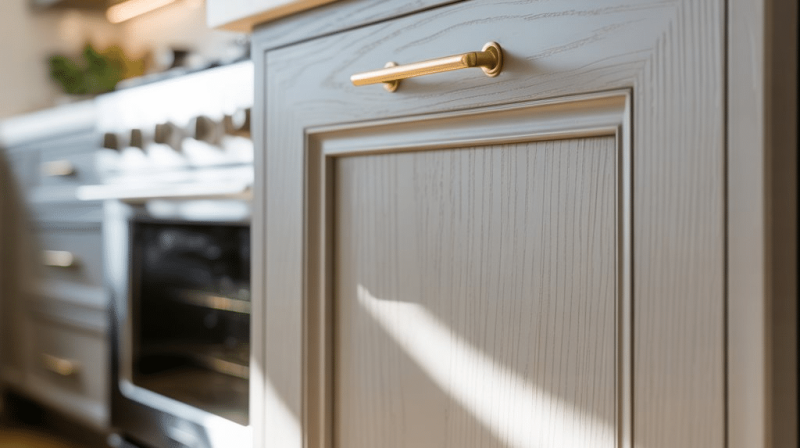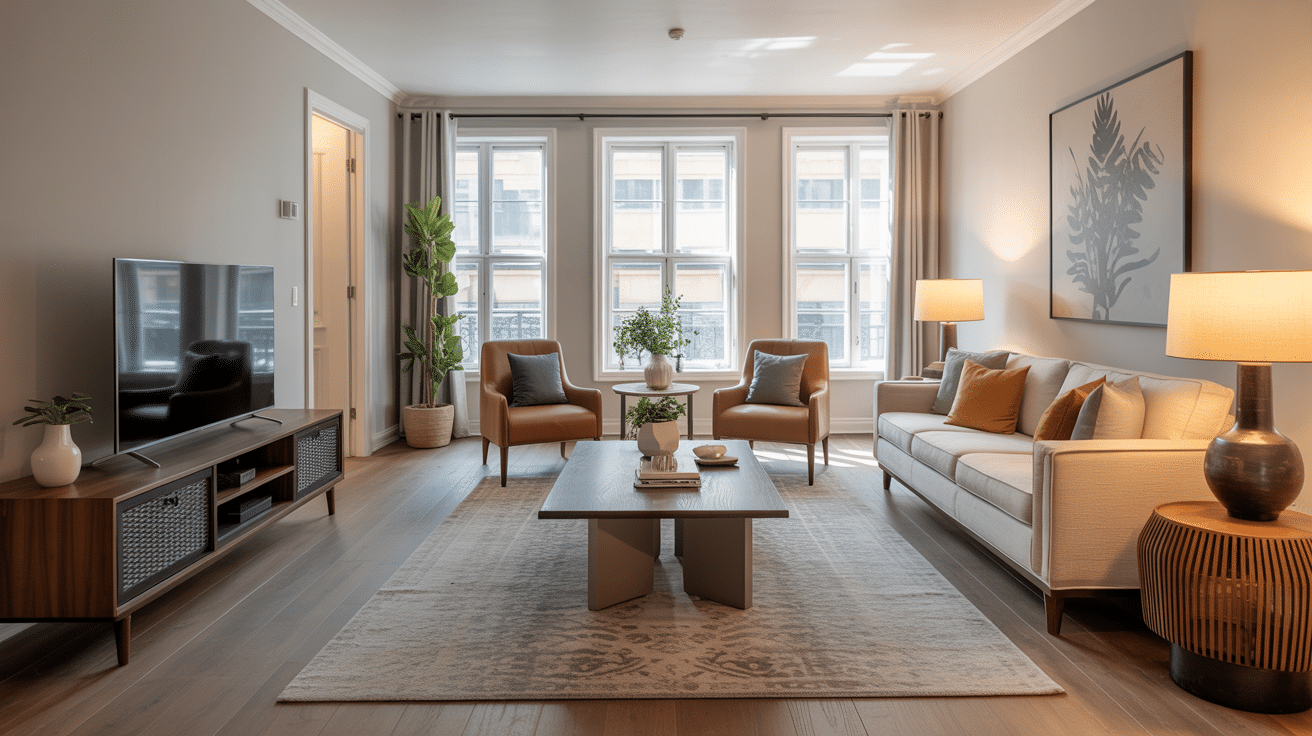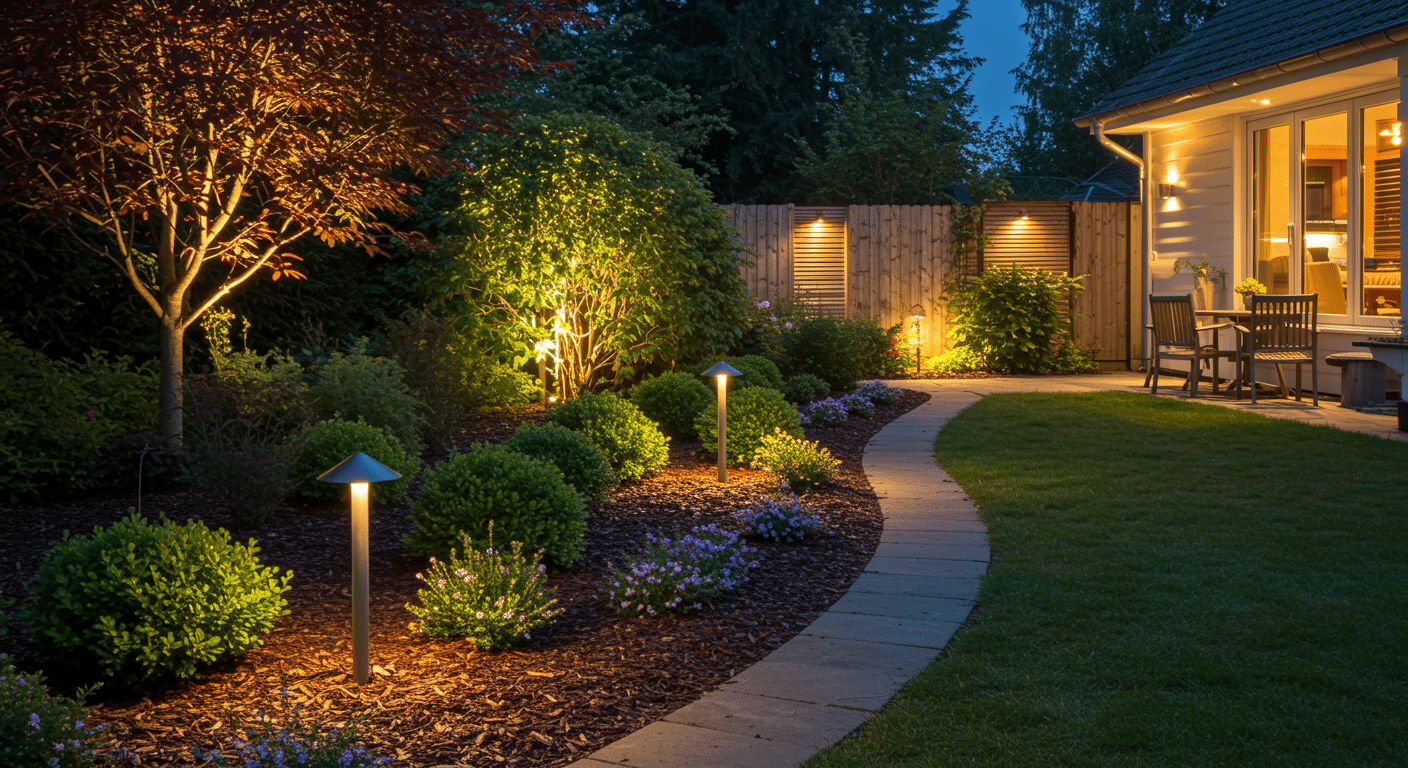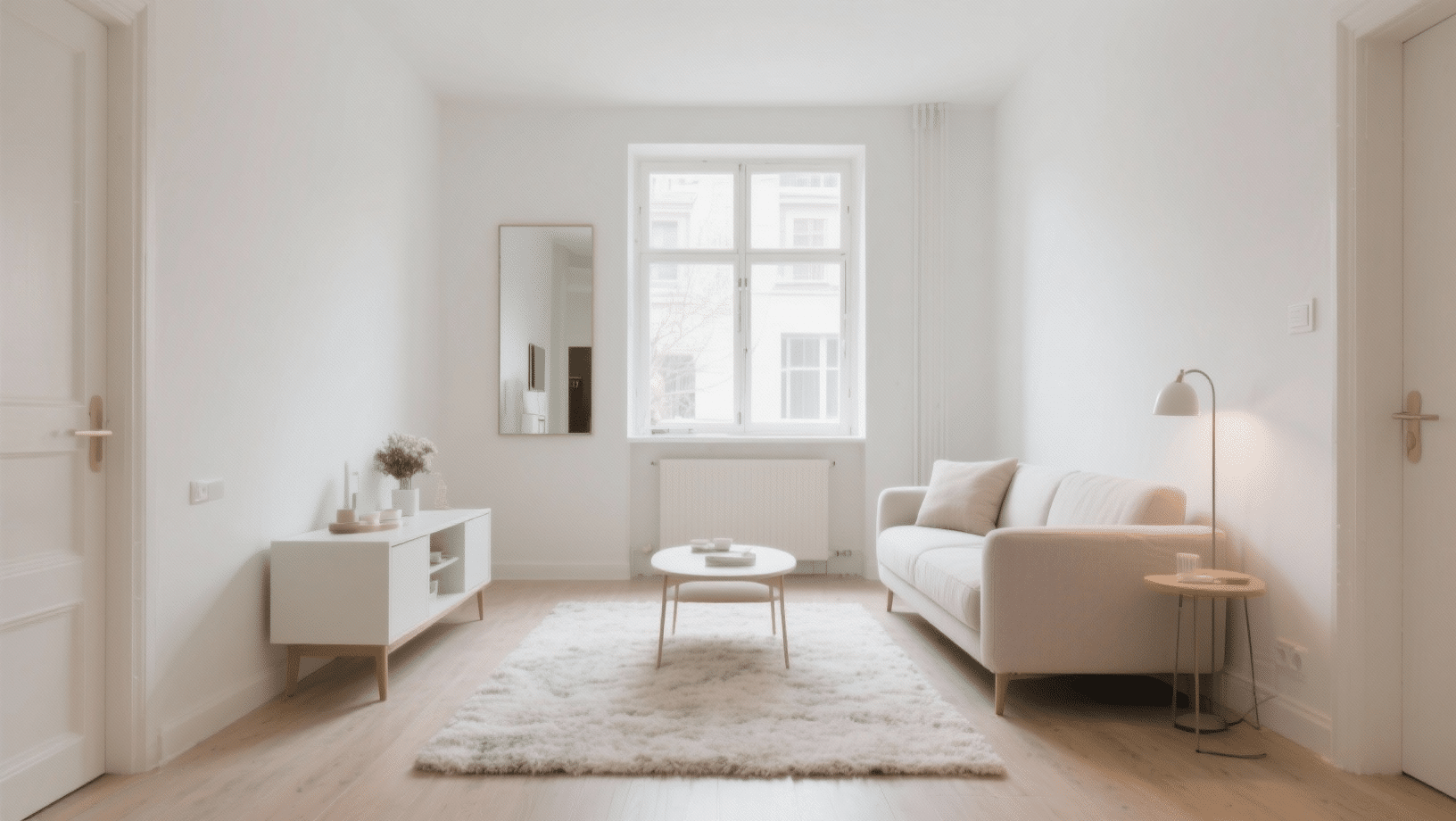I used to think all cabinet doors were the same: just rectangles with handles. Then I came across Shaker profiles, and suddenly, I was obsessed with door details I’d never paid attention to before.
Shaker cabinet doors are like the perfect white t-shirt for kitchen design. They’re clean, classic, and somehow work with everything. But the thing is that not all Shaker profiles are created equal.
There are subtle differences that can make or break the vibe of your kitchen. Some profiles are chunky and bold, others are sleek and minimal.
And trust me, once you start noticing these details, you’ll never look at cabinet doors the same way again.
How to Choose the Right Shaker Cabinet Door Profiles for Your Kitchen
Choosing the perfect shaker cabinet door profiles isn’t rocket science, but it does require some thought. I learned this the hard way when I picked doors that looked gorgeous in the showroom but felt all wrong in my actual kitchen.
Step 1: Consider Your Kitchen’s Size and Scale
Big kitchens can handle chunkier profiles with wider rails and stiles. Small kitchens require more delicate proportions to avoid feeling overwhelming.
Consider your ceiling height as well. Standard 8-foot ceilings work best with slimmer profiles.
Step 2: Match Your Home’s Overall Style
Your kitchen shouldn’t feel like it belongs in a different house entirely. Traditional homes can go either classic or modern with their Shaker choice. Contemporary homes usually look best with cleaner, more minimal profiles.
I always tell people to walk through their houses and notice the existing trim work.
Step 3: Think About Your Hardware
Chunky profiles pair beautifully with substantial hardware. Delicate profiles need more refined pulls and knobs. It’s all about balance, and trust me, the wrong combination is painfully apparent.
Also, consider how the hardware will sit on the door. Some profiles create deeper recesses that affect how pulls look and feel.
Step 4: Factor in Your Budget
Simpler profiles are generally more affordable to manufacture. More complex details mean higher costs.
I’ve seen gorgeous kitchens with basic Shaker profiles that looked way more expensive than they were. It’s all about the overall execution.
Step 5: Test Before You Commit
Always see actual samples in your kitchen lighting. Colors and profiles can look completely different under your specific conditions.
Get samples of your top choices and live with them for a few days. You’ll know pretty quickly which one feels right.
Stunning Shaker Cabinet Door Profiles that You Must Know About
Shaker cabinet doors are a timeless choice for any home. From classic to modern, these doors bring both functionality and charm to the kitchen.
Below are some stunning Shaker cabinet door profiles you should be aware of, each adding its unique charm to your space.
1. Classic Traditional Shaker
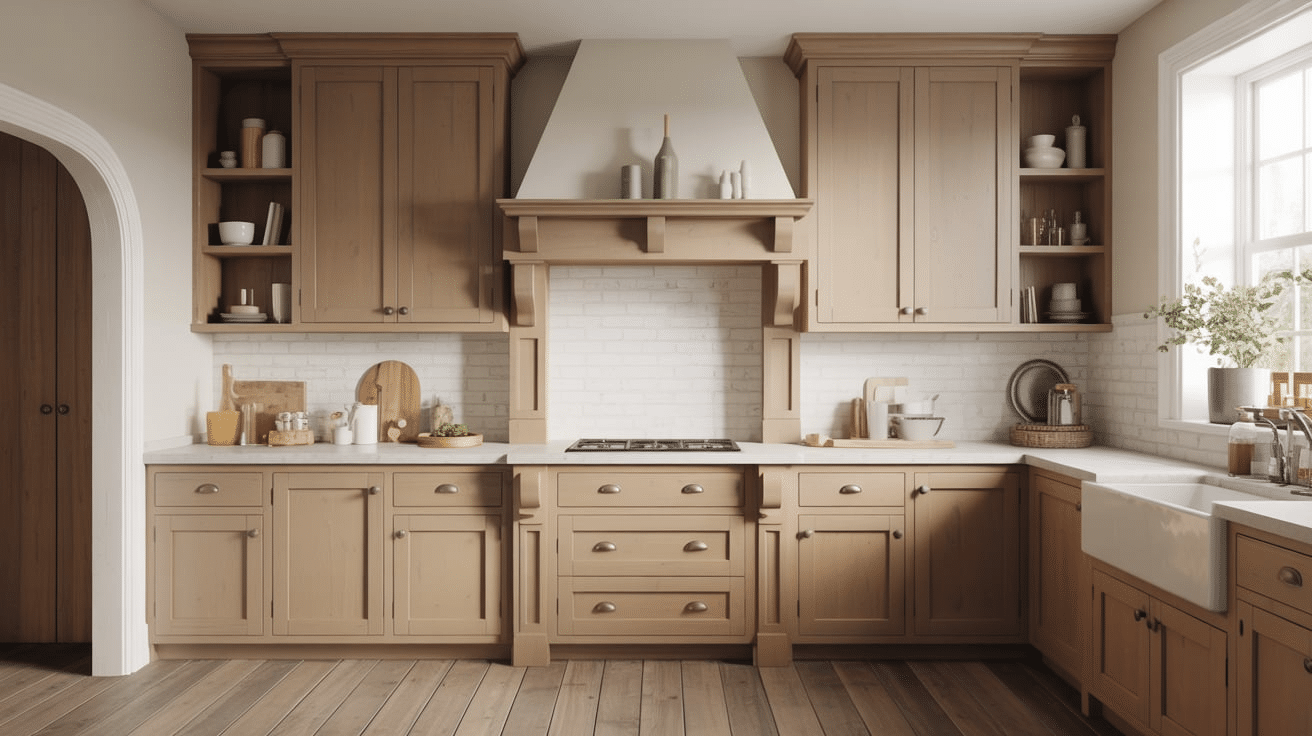
This is the OG Shaker profile that started it all. It’s got substantial rails and stiles with a clean, recessed center panel. Perfect for those who want authentic farmhouse vibes without going overboard.
- Where to buy:Home Depot – Hampton Bay Shaker Series and Lowe’s – Arcadia Shaker Collection
- How to style them: Pair with brass or black iron hardware, subway tiles, and butcher block or marble countertops for that timeless look.
- Tips: Go with white or cream paint colors to keep it classic, and don’t skimp on quality hinges – these doors are heavier than modern thin profiles.
2. Slim Modern Shaker
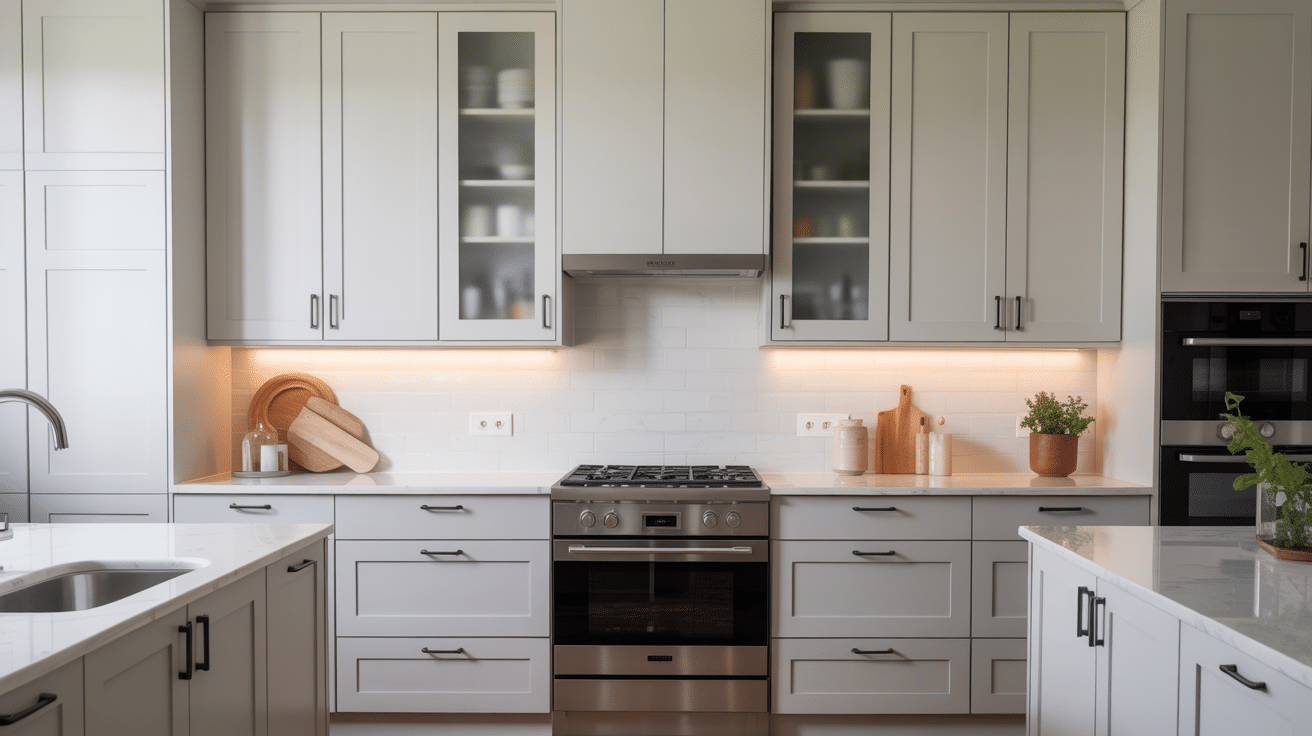
These are for individuals who love the Shaker style but prefer a more contemporary look. The rails and stiles are much thinner, giving a sleek, minimalist vibe that works great in modern spaces.
- Where to buy:IKEA – Grimslov doors and Cabinet Doors ‘N’ More – Contemporary Shaker
- How to style them: Keep hardware minimal with sleek bar pulls, pair with quartz countertops and large format tiles for a clean look.
- Tips: These work best in kitchens with good lighting since the thin profile can disappear in darker spaces.
3. Inset Shaker Profile
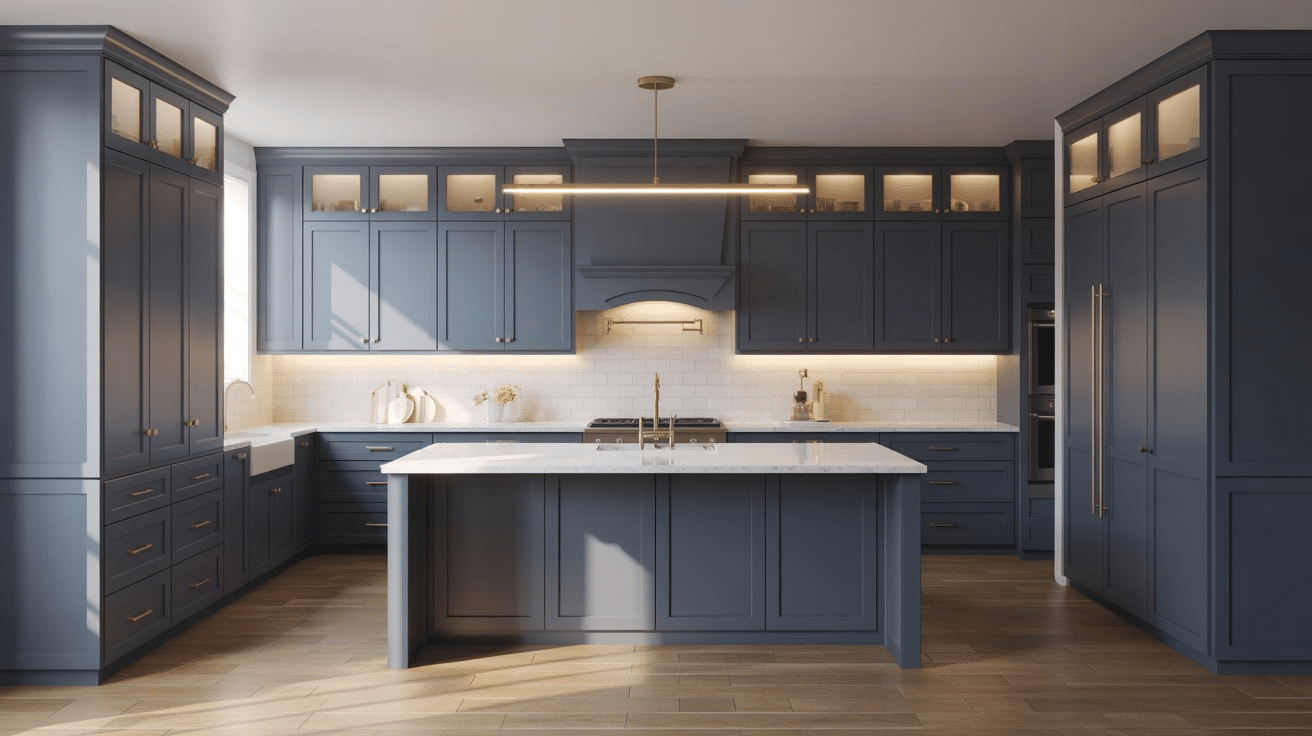
Inset doors sit flush with the cabinet frame rather than overlaying it. It’s a more expensive option, but it looks incredibly custom and high-end. I’m obsessed with how clean the lines look.
- Where to buy:Conestoga Wood Specialties – Inset Shaker Series and Dura Supreme – Heritage Inset Collection
- How to style them: These are perfect for traditional or transitional kitchens with painted finishes and classic hardware like cup pulls or knobs.
- Tips: Budget extra for installation – inset doors require precise measurements and skilled installation, but the result is worth it.
4. Beaded Shaker Profile
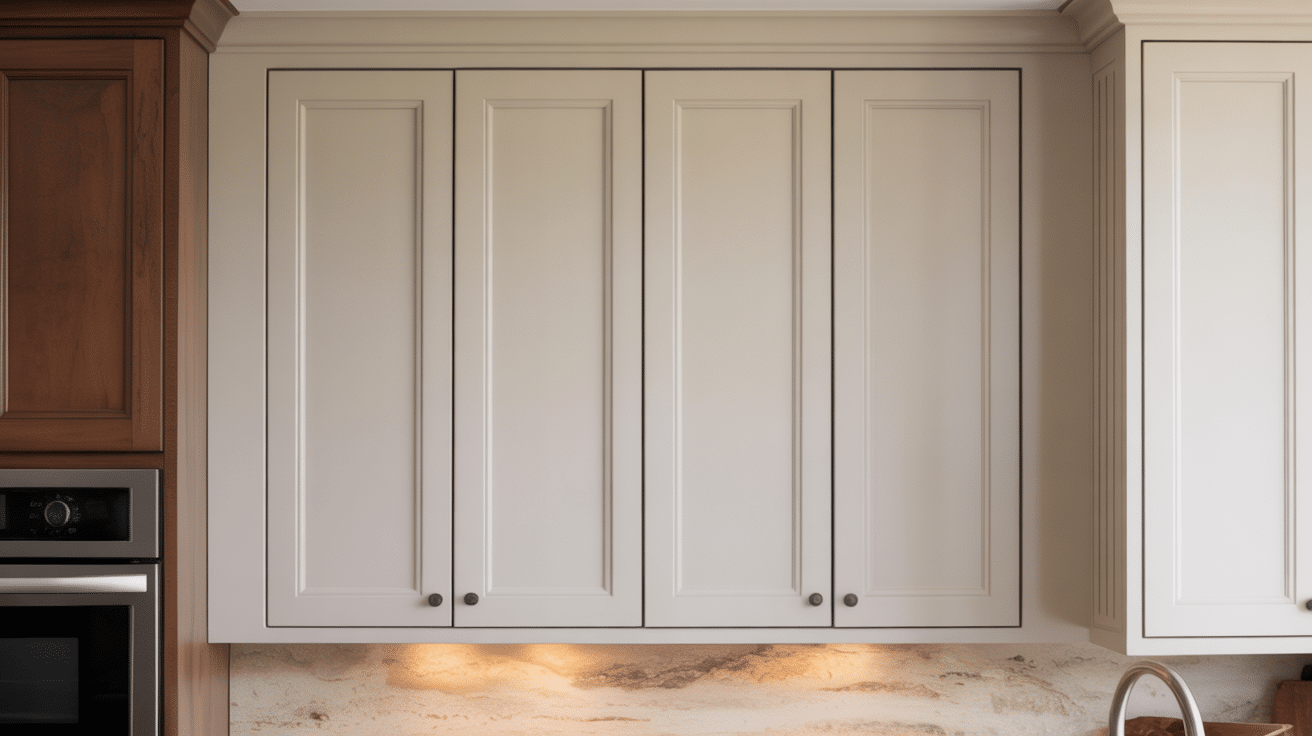
This profile adds a small decorative bead around the inside edge of the frame. It’s subtle but adds just enough detail to make your cabinets look more custom and interesting.
- Where to buy:Menards – Value Choice Beaded Shaker and Fabuwood – Allure Nexus Beaded
- How to style them: Perfect for transitional kitchens with mixed metals and natural stone countertops – the bead detail adds character without being fussy.
- Tips: The beaded detail can collect dust, so factor in slightly more cleaning time, but it’s worth it for the upgraded look.
5. Raised Panel Shaker
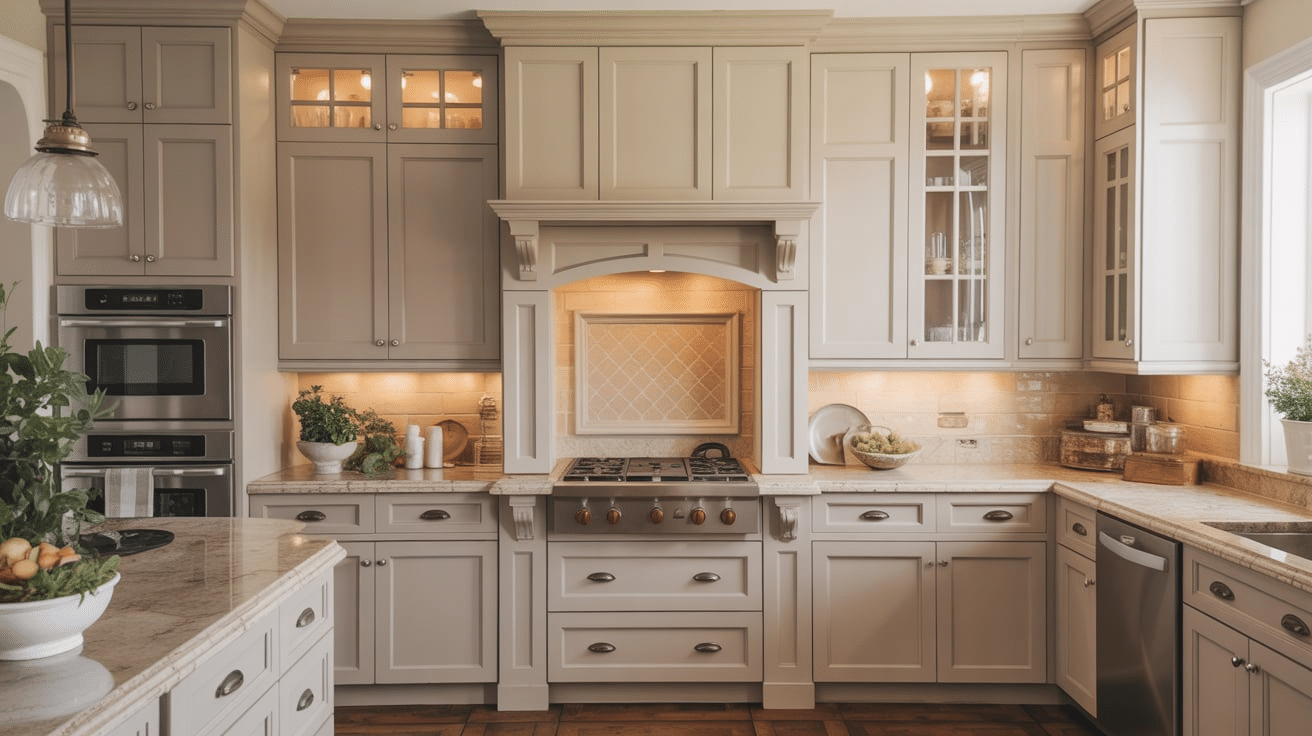
Technically, it is not a true Shaker since traditional Shakers used flat panels, but this style combines Shaker framing with a slightly raised center panel. It’s more dimensional and interesting than flat-panel versions.
- Where to buy:Kraftmaid – Raised Panel Shaker Series and Merillat – Classic Raised Panel
- How to style them: Works beautifully with traditional and transitional styles, especially with natural wood stains and classic brass hardware.
- Tips: The raised panel adds visual weight, so use sparingly in smaller kitchens or balance with open shelving.
6. Two-Tone Shaker Profile
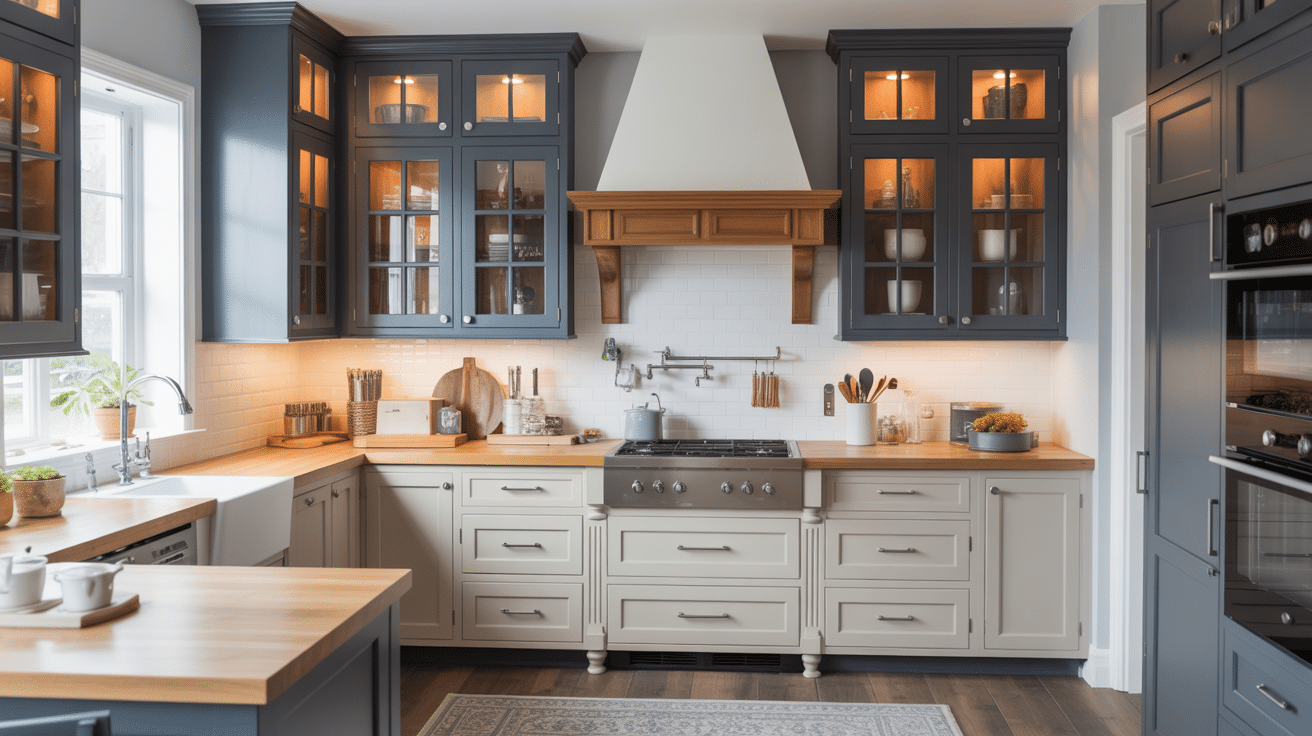
This isn’t about the profile itself but how you finish it. I love Shaker doors where the frame is painted one color, and the center panel is either stained wood or a different paint color.
- Where to buy: Custom from local cabinet shops, Semihandmade – Two-Tone Collection and Kitchen Cabinet Kings – Custom Two-Tone Shaker
- How to style them: Perfect for adding personality – try navy frames with white centers or white frames with natural wood centers for warmth.
- Tips: Plan your color scheme carefully and order samples first – what looks good in your head might not translate in real life.
7. Wide Rail Shaker Profile
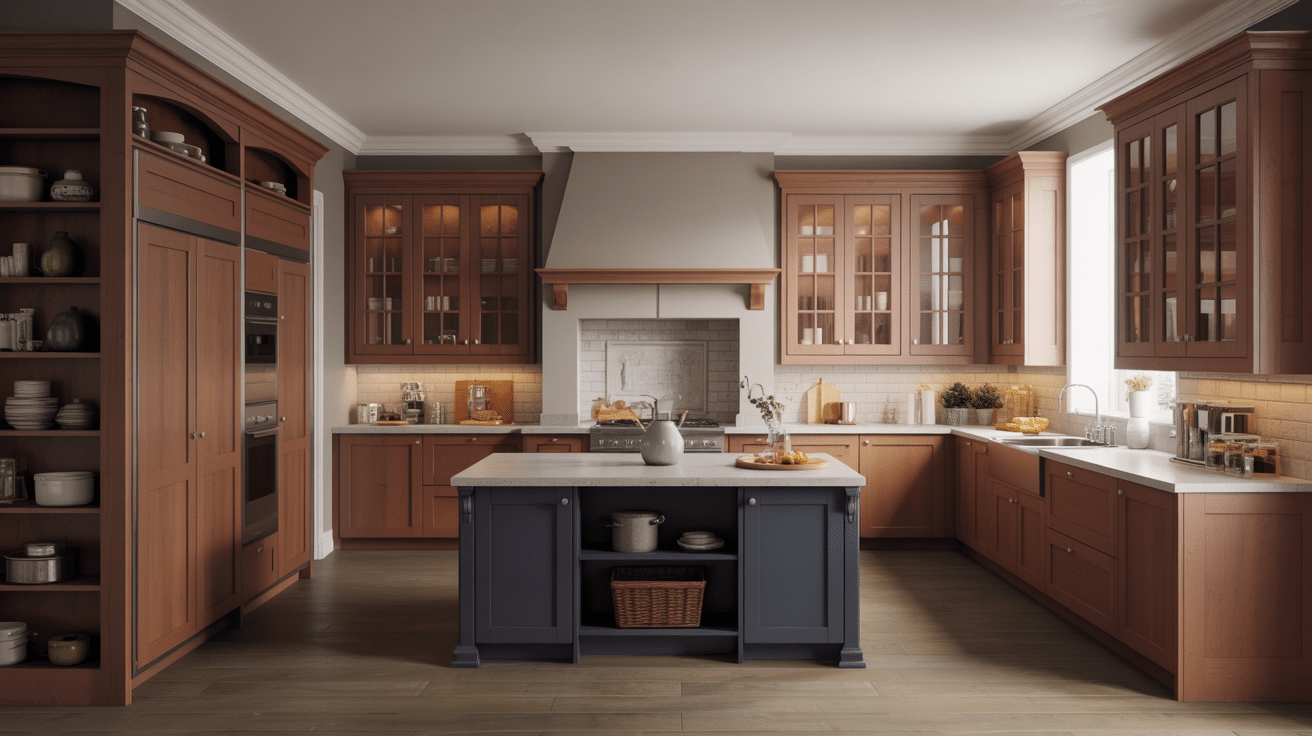
These have extra-wide top and bottom rails that create a more substantial, furniture-like appearance. They’re perfect for larger kitchens that can handle the visual weight.
- Where to buy:Waypoint Living Spaces – Wide Rail Shaker, American Woodmark – Wide Frame Shaker
- How to style them: Ideal for farmhouses or traditional kitchens with large islands and plenty of space – pair with oversized hardware and natural materials.
- Tips: These work best on taller cabinets, where the proportions are more suitable; they can appear odd on standard 30-inch wall cabinets.
The Bottom Line
Choosing the right Shaker cabinet profile is like finding the perfect pair of jeans: when you get it right, everything falls into place.
The key is understanding your space, your style, and your budget before you start shopping.
Don’t get overwhelmed by all the options. Start with the basics. Do you want traditional or modern? Substantial or delicate? From there, you can narrow down your choices.
Cabinets are a long-term investment. Choose a profile you’ll love for years, not just what’s trendy right now. Trust me, your future self will thank you for taking the time to get it right!


